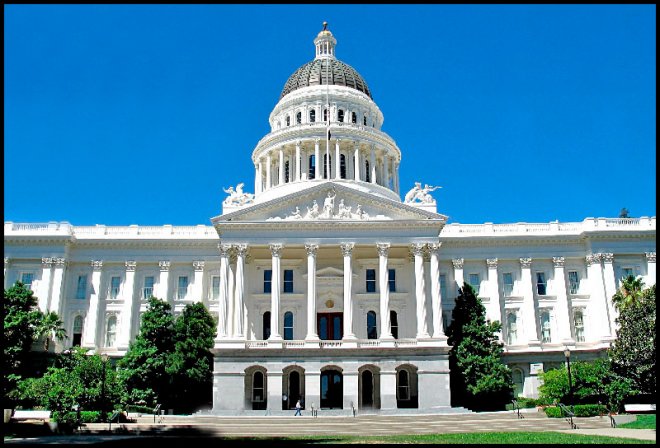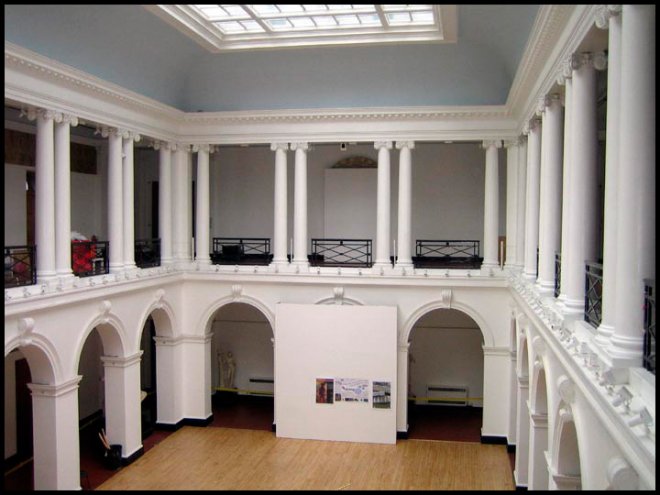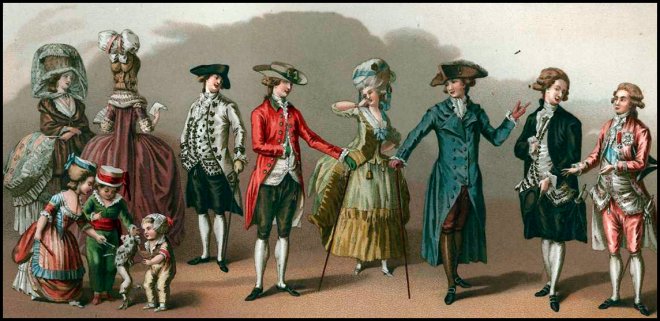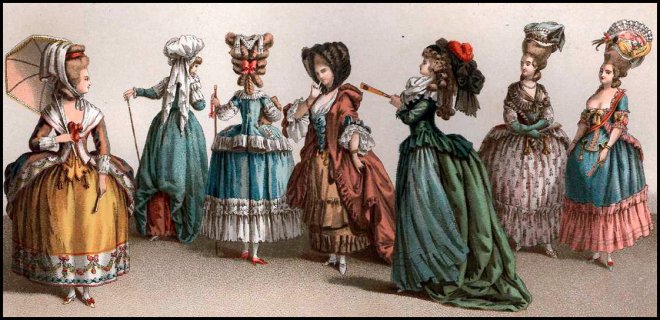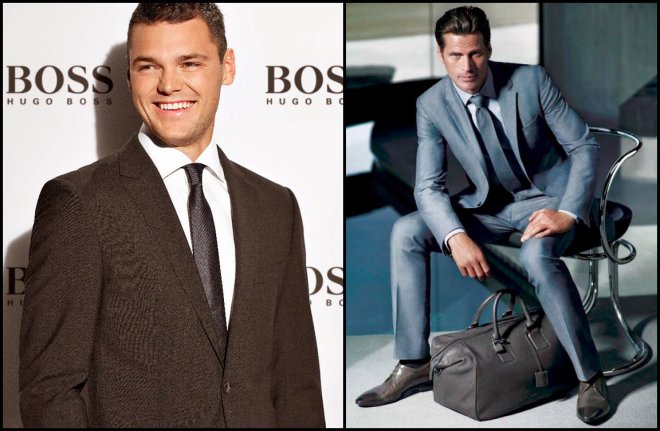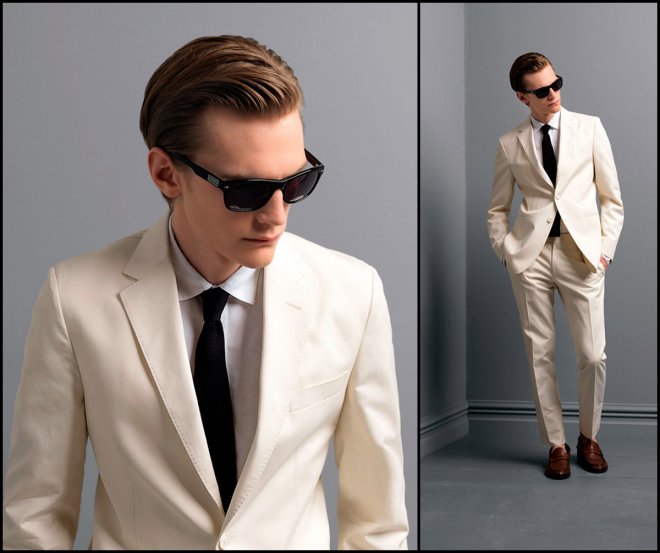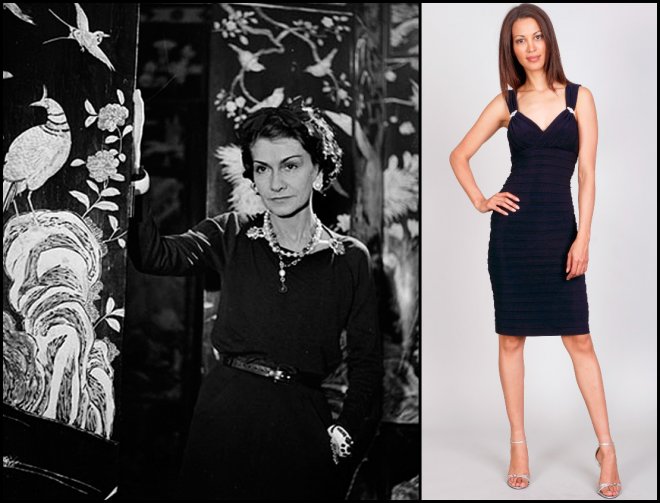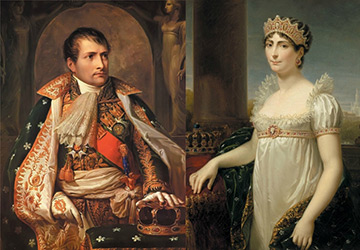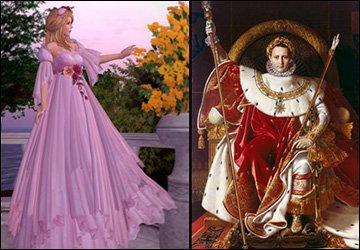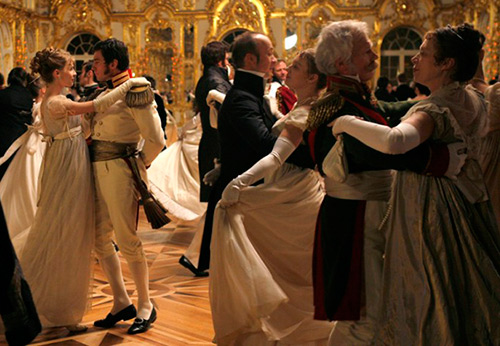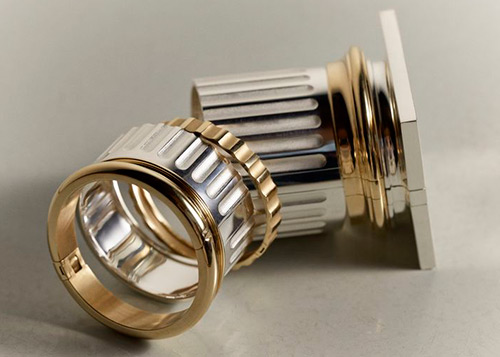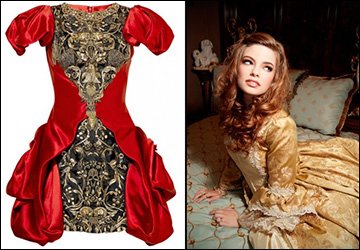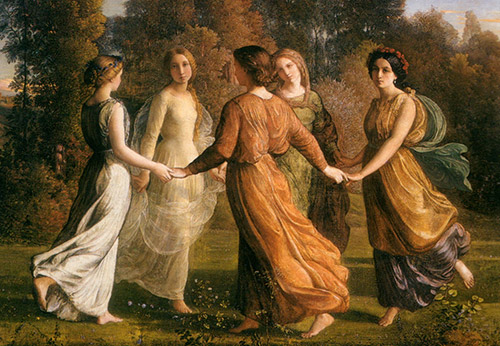Style
Classics in art and fashionable clothes - classicism style
The era of classicism does not have a precise and definite time of existence, it did not arise at one moment and did not last continuously. This is how classicism appears in France in the 16th and 17th centuries, but it will finally establish itself, gain strength in the second half of the 18th century and will last until the first decades of the 19th century: from the beginning of the French Revolution (1789) to the fall of Napoleon (1815). Classicism is associated with the history of Antiquity, namely the interest in the art of Ancient Greece and Rome. In 1748, Pompeii was excavated. The archaeologist Winckelmann made a great contribution to the development of classicism, who literally glorified ancient art in his works. The art of Ancient Greece and Rome becomes a role model.
In architecture, the very first sign of the classical style is the columns, the very columns that were in the architecture of ancient temples and now appear again. At the same time, everything must follow the plans, everything must be harmonious and symmetrical. It was in the era of classicism, by the way, that traditional city planning appeared: the city was divided into squares, the streets run parallel to each other, and the city planning itself included a breakdown of squares and parks.
The most famous artists of the era of classicism were also the French - Jacques Louis David and Jean Auguste Dominique Ingres.
Sculpture, like architecture, followed the ideals of Antiquity in everything, imitating the sculptures of Ancient Rome and Ancient Greece, taking them as a basis.
Unlike architecture and painting, classicism came into fashion a little later, only in the 70s of the 18th century. Before that, fashion was still, as in the Baroque era, created and dictated by the royal court.
At the beginning and in the middle of the 18th century, fashion trends were still strong following baroque rococo style. The women's suit still retained the skirts stretched at the sides and flattened at the back and front - pannier. The bodice of the dress was narrow and with a deep cut, the sleeves also remained the same - half short with puffy lace cuffs. Shoes were worn with high heels. Dresses, however, became more and more uncomfortable and it is these outfits that more and more often begin to be worn only at court. Hairstyles also take on absurdly inconceivable forms - they become taller and taller, sometimes they reach 60 cm in height. Hairstyles were decorated with feathers, flowers, and sometimes whole baskets of flowers or ships with tackle and sails were placed on their heads.
ANDillustrations - history of fashion and style - 16-17 century
As a result, the baroque, which turned into rococo, reaches its absurdity, becomes "too": too magnificent, too pretentious, too cumbersome, too uncomfortable.
Women's costume of the era of classicism
And in the 70s - 80s of the 18th century England took over from France. English fashion is beginning to influence more and more, including the women's costume. English fashion of that period was associated with simplicity and naturalism, having penetrated the continent, it initially began to enjoy popularity among the bourgeoisie and the noble youth, but then penetrated into the upper strata of society. Rigid frames for dress skirts are falling out of use, the skirt is now draped not on the sides, but at the back, such a skirt is called bustle. The clothes of that period can be seen in the paintings of the English painters Gainsborough, Reynold. Moreover, for dresses, light fabrics of light colors are most often used. Dresses also begin to be girdled with a belt just above the waist, the high waist will be very characteristic of the Empire style, which follows classicism.
The hairstyles were initially still high and powdered, but then the hair stops powdering and begins to curl into curls. Also in fashion are hats - huge, velvet and silk, as well as wide-brimmed "English" hats.
For horseback riding, ladies wear Amazon dresses, consisting of a skirt and a jacket, reminiscent of a man's tailcoat.
Male costume of the era of classicism
When it comes to men's fashion, it also has a strong English influence. The English cloth coat is replacing the French silk caftan. The English tailcoat, in contrast to the French caftan, was sewn from fabrics of darker and more strict colors. The tailcoat had a stand-up collar and hemlines bent from the waist. Such a tailcoat served as ceremonial clothing. But the French nevertheless remained true to themselves and somehow they added embroidery to the English tailcoat and sometimes sewed it from silk.
The dress is also in vogue - something between a coat and a frock coat, it also comes from England, where it originally served for riding. A distinctive feature of the coat is straight hem and shawl collar.
The frills and cuffs on the shirts are getting narrower. The culottes remain narrow and closed under the knee. The stockings were white or striped. Shoes were shoes with a large metal buckle.
Wigs gradually fell out of fashion, and the hair is now combed back and gathered at the back of the head in a bun that is tied with a black ribbon. "English" hats are in vogue - conical, with a low crown and narrow brim. And a top hat is put on to the dressing coat.
It was in the era of classicism that ties entered men's fashion. Ties originate from neckerchiefs, which were known both in ancient Rome and in China. During the Thirty Years War (first half of the 17th century), Europeans saw ties, scarves tied at the necks in a knot, among Croatian soldiers. Ties became popular during the years of the French Revolution and the Directory, as at this time men wore headscarves made of white fabric, and French revolutionaries wore a black tie called the "black curse" in protest.
In the first half of the 19th century, wearing a tie, namely how to tie it, turns into a real art. Textbooks with rules for tying ties were written ... Byron and Honore de Balzac. So Honore de Balzac wrote that "A man is worth the same as his tie - it is he himself, he covers his essence with it, his spirit is manifested in him."
Classic style in clothes today
And today, a tie is an obligatory attribute of a classic business men's suit. The classic style today in men's clothing includes suits, white shirts, vests, raincoats. The colors are black, dark blue, gray and white.
Classic style menswear can be found in designers and brands such as Calvin klein, Levis, Valentino, Hugo boss.
As for the classic style in women's clothing, a suit with a skirt or trousers is also its indispensable attribute. The length of the skirt varies within the knee, both mini and maxi skirts are not allowed, traditionally the length of the skirt is slightly below the knee. Trousers are more often a simple straight cut. The jacket is fitted, but its length may vary depending on fashion trends. Deep cutouts are not allowed. Colors - dark: black, gray, dark blue. Colors (for both men's and women's suits) - a cage, a strip, less often a herringbone, but always monochromatic.
Shoes are pumps. The makeup is not bright. The classic style is the most businesslike, the most formal, the strictest, not allowing any frivolity.
It can be complemented by expensive watches, genuine leather products, exquisite accessories, and scarves.
The most striking example among the designers who worked using the classic style is Coco Chaneland her little black dress, which should be in every woman's wardrobe, has also become a classic.
Veronica D.
Comments and Reviews
Add a comment
Rating news
Shades of clothing that make women look younger
What shades of hair make women younger: rules and photos
Funny wedding dresses - photos and ideas
12 most expensive down jackets for the winter
How to look 25 at 40: tips from supermodels
Beautiful schoolgirls
Anti-aging haircuts and hairstyles for women
Fashionable skirts for autumn and winter
Fashionable women's trousers for the cold season
Fashionable and stylish sandals for summer 2024
Spring-summer 2024
 Fashionable dresses and tops with thin spaghetti straps
Fashionable dresses and tops with thin spaghetti straps
 Bandana tops: how to wear stylishly and beautifully
Bandana tops: how to wear stylishly and beautifully
 How to put together the perfect men's wardrobe for the summer
How to put together the perfect men's wardrobe for the summer
 Fashionable shorts for spring-summer 2024
Fashionable shorts for spring-summer 2024
 Fashionable skirts for spring-summer 2024: a guide to online shopping
Fashionable skirts for spring-summer 2024: a guide to online shopping
 The most fashionable dresses spring-summer 2024: styles and colors
The most fashionable dresses spring-summer 2024: styles and colors
 Fashionable total look 2024: ideas of images and trends
Fashionable total look 2024: ideas of images and trends
